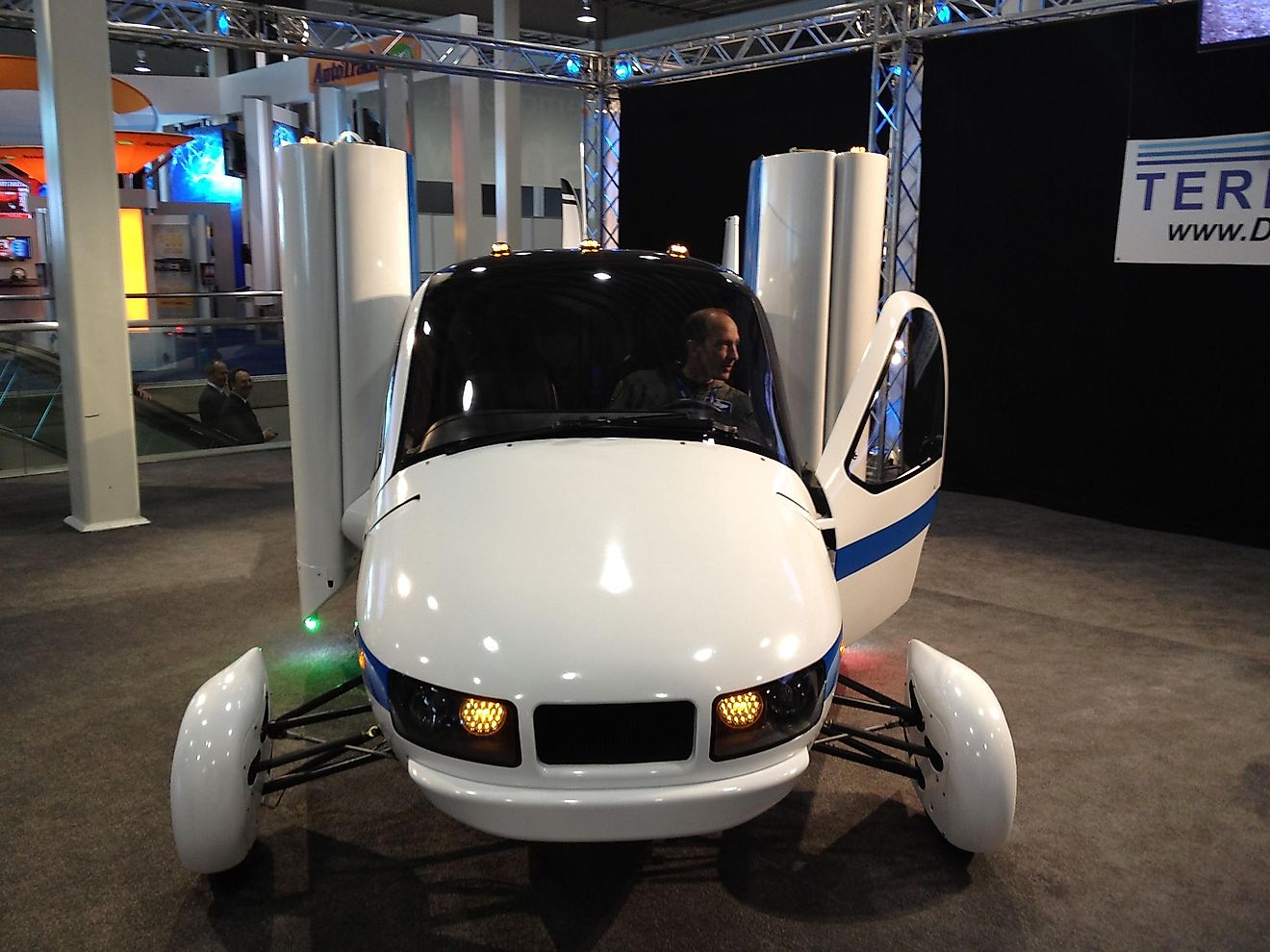Why Don't Flying Cars Exist Yet?

- Last year at Uber’s Elevate Summit, the company presented its UberAIR system that would theoretically make flights more affordable and practical.
- Wired.com states that these systems need to be developed further to safely handle and monitor flight control, situational awareness, and propulsion.
- For a widespread flying car industry to be successful, there will need to be thousands in the air, as soon as possible.
Images of flying cars in television shows and movies are exciting to watch, but it may still take time for them to become a reality. The past few years have seen news stories about their imminent appearance, but the technology still has hurdles to clear.
An Uber Presentation
Last year at Uber’s Elevate Summit, the company presented its UberAIR system that would theoretically make flights more affordable and practical. It is autonomously controlled, with electric, vertical takeoff, and landings features. Skeptics claim that even though UberAIR could be safe, efficient, and reliable, its hardware is not evolved enough.
Hardware…
Wired.com states that these systems need to be developed further to safely handle and monitor flight control, situational awareness, and propulsion. René Landry is an aviation systems researcher from Montreal’s ETS, a technical university. “It’s time to rethink a lot about aviation,” he said. According to Landry, today’s avionics use the same basic architecture originally developed over 75 years ago, during the Second World War. He added that the hardware is redundant and uses low-efficiency, oversized cables.
…and Software Issues
Landry also noted that current flight planning software had not been updated until the iPad was invented. Now, these are used in cockpits and electronic flight bag systems. He concludes that much more work needs to be done with flight-planning software if flying cars are to take off.
Prohibitive Costs
For a widespread flying car industry to be successful, there will need to be thousands in the air, as soon as possible. Slow manufacturing will halt progress and profits; companies need to develop ways to produce high volume units at affordable prices. Building techniques also need to be streamlined, with lower-cost components, to make a significant dent in the costs.
Who Is Piloting?
Most of the flying cars that are in the works are taxis, and the end goal is to have them totally automated without human pilots. For now, Uber plans to start with humans in the cockpits, but self-flying systems are being developed. Georgia Institute of Technology assistant professor Brian German explains how NASA has worked with “simplified vehicle operation.” This technology uses computers operated by pilots who direct them where to go. It is used for drone flying but has not expanded to safe versions for carrying passengers.
Other Challenges
Unforeseen factors like poor weather conditions and rugged terrains like mountain ranges are additional factors that need to be considered. An automated pilot may not be able to adjust for these flight concerns, especially unexpected ones.
Traffic control is another major roadblock, especially if the industry does eventually expand. Thousands of flying cars piloting around the globe will require extensive coordination. Without the proper technology, the risk of accidents is high. Once there is appropriate traffic control, the FAA approval process could take a long time.
The prospect of flying cars has many people, and businesses, enthused. Now that the initial excitement has worn off and reality has set in, companies are getting down to the hard work and will hopefully bring their dreams to fruition.











